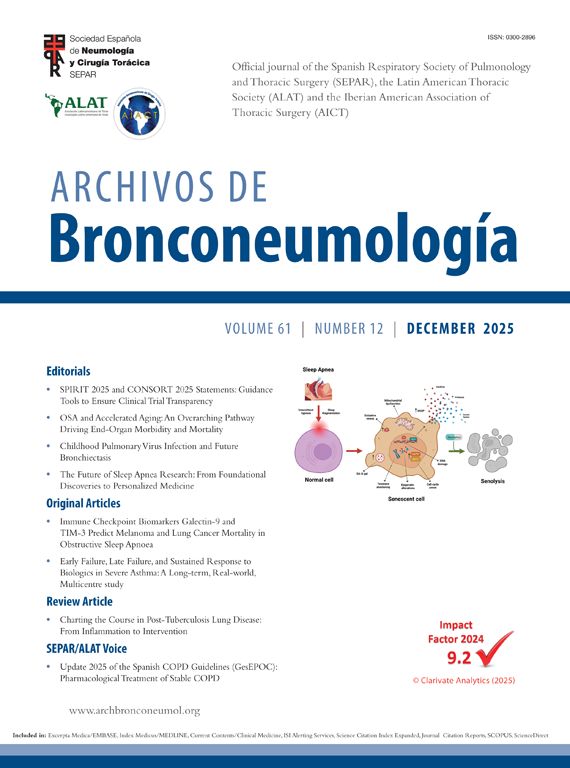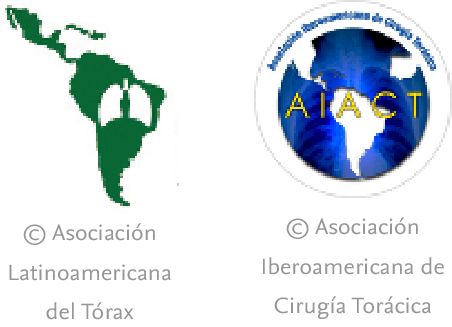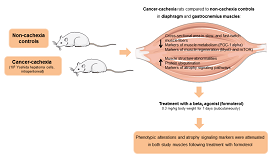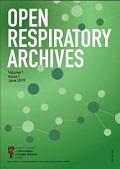In the last decade, thoracic surgery has undergone profound changes driven by the relentless pursuit of improved patient selection and outcomes, minimized invasiveness and pharmacological and technological innovation. One of the most relevant technological developments is robot-assisted thoracic surgery (RATS), an approach that has consolidated itself not as the future but as the present in multiple tertiary and oncological centers across the world. As the implementation of RATS grows, a question gains momentum: Is it truly the future of thoracic surgery or just a complementary tool available to thoracic surgeons that should be integrated into their armamentarium and training?
Since the advent of video-assisted thoracic surgery (VATS) in the early 1990s, the days where open thoracotomy was the only choice for lobectomy, mediastinal tumor resection or esophagectomy are well behind us [1]. However, there were some technical unmet needs that VATS could not definitely overcome.
The need for enhanced visualization, improved instrument dexterity, tremor filtration, increased precision in dissection and better ergonomics paved the way for development, implementation and consolidation of robotic assisted surgery. In clinical practice, these technical improvements already mentioned translated into increased number of complex procedures performed minimally invasive, improved lymph node harvesting, reduced intraoperative complications, including conversion rates, and shorter hospital stays compared to VATS [2–6].
Despite these advantages, there are some real-world challenges that RATS still needs to address such as the cost of robotic platforms, increased operative times, especially at the beginning of the learning curves, its role in patients treated with neoadjuvant therapy and the long-term oncological outcomes.
Perhaps, the most significant obstacle preventing the adoption of RATS is cost. Robotic systems associated costs include acquisition and maintenance as well as costly disposable or limited-use instruments. This explains that in resource-limited settings or public healthcare systems under strain, costs may not be justifiable in the absence of clear outcome advantages over VATS. Production of robot systems is still dominated by a single company, and the lack of viable competition for products has limited options for alternatives. Furthermore, space, staff and scheduling considerations should be taken into account when starting a robotic program. Another major hurdle is the needed learning curve and training dilemmas, as RATS demands specific abilities, even for experienced surgeons. While some skills are transferable from VATS, the console-based interface, reliance on camera navigation, and loss of tactile feedback mean surgeons must undergo specific and structured training. Unlike traditional surgical pathways, the current absence of standardized RATS credentialing or proficiency benchmarks is a significant concern. Furthermore, the educational implications for residents and fellows are complex. As the primary surgeon operates at the console and there needs to be a skilled assistant at the patient's bedside, hands-on teaching opportunities for trainees are limited, potentially compromising surgical education unless dedicated simulation and dual-console systems are implemented.
In the evolving landscape of lung cancer treatment, RATS also faces challenges in the neoadjuvant setting. New induction regimens including immunotherapy can lead to altered tissue characteristics that may translate into new intraoperative challenges. For example, inflammatory and fibrotic changes around the tumor and lymph nodes can complicate dissection and increase the risk of vascular injuries [7–9]. This can be especially relevant in health care systems under economic strain, as indications for RATS surgery in cases that may need to be converted to other approaches could lead to ethical considerations. Because as RATS continues to grow in high-income countries, its penetration in low- and middle-income countries, as well as in public health systems remains limited. This raises questions about the global equity of surgical innovation. The benefits of minimally invasive surgery are well established, but the uneven adoption of robotic technology may widen global disparities in surgical care unless efforts are made to facilitate access. Proactive steps should be taken to close this gap, especially as new robotic platforms emerge and competition may drive down costs and stimulate innovation. However, these platforms are still in early stages, and regulatory hurdles, interoperability issues, and surgeon retraining requirements must be addressed. In parallel, artificial intelligence and augmented reality will likely complement robotic surgery. Future RATS systems may integrate real-time anatomical overlays, AI-driven risk prediction and automated decision support but these advances still remain speculative and untested in large-scale clinical settings and it is difficult to estimate how they would affect real-world clinical practice and robot associated costs.
Finally, a critical gap persists regarding clinical evidence, as robust randomized controlled trials comparing RATS to VATS or open surgery are scarce and difficult to design. Long-term oncological data, quality-of-life assessments, and cost-effectiveness analyses are urgently needed to support RATS as a universal solution. The ROMAN trial from Italy [10] and BRAVO trial from Brazil [11] demonstrated equivalency with VATS though the trials were small. RATS versus Uniportal VATS (RVlob trial) [12] from China demonstrated no real difference except for lymph node harvest. The PORTaL propensity matched study from the US did demonstrate decrease LOS and decrease conversion rates [13].
In conclusion, to achieve its full potential as the future of thoracic surgery, some key challenges need to be addressed. These include lowering economic barriers through competition, innovation or public–private partnerships; standardizing training and credentialing pathways, ideally through scientific societies to assure quality and safety; ensuring equitable access across regions and income levels and generating high quality data to support its benefits. As technology continues to advance, it is likely RATS will continue shaping the future of thoracic surgery. However, whether it becomes the new standard of care or remains a high cost approach depends less on technological aspects and more on how the structural, economic and educational barriers it faces are overcome. It will depend on our ability to critically evaluate its role, train the next generation of surgeons and ensure innovations serves all, not just a few.
FundingThis work was not supported by any funding sources.
Conflicts of interestMaria Rodríguez is proctor of Abex/Intuitive and she has received two grants from Intuitive (not related to the work in this manuscript). She also has received fees from AstraZeneca outside of the scope of this work.
Jon O. Wee is a consultant with Medtronic, Intuitive and Boston Scientific.









